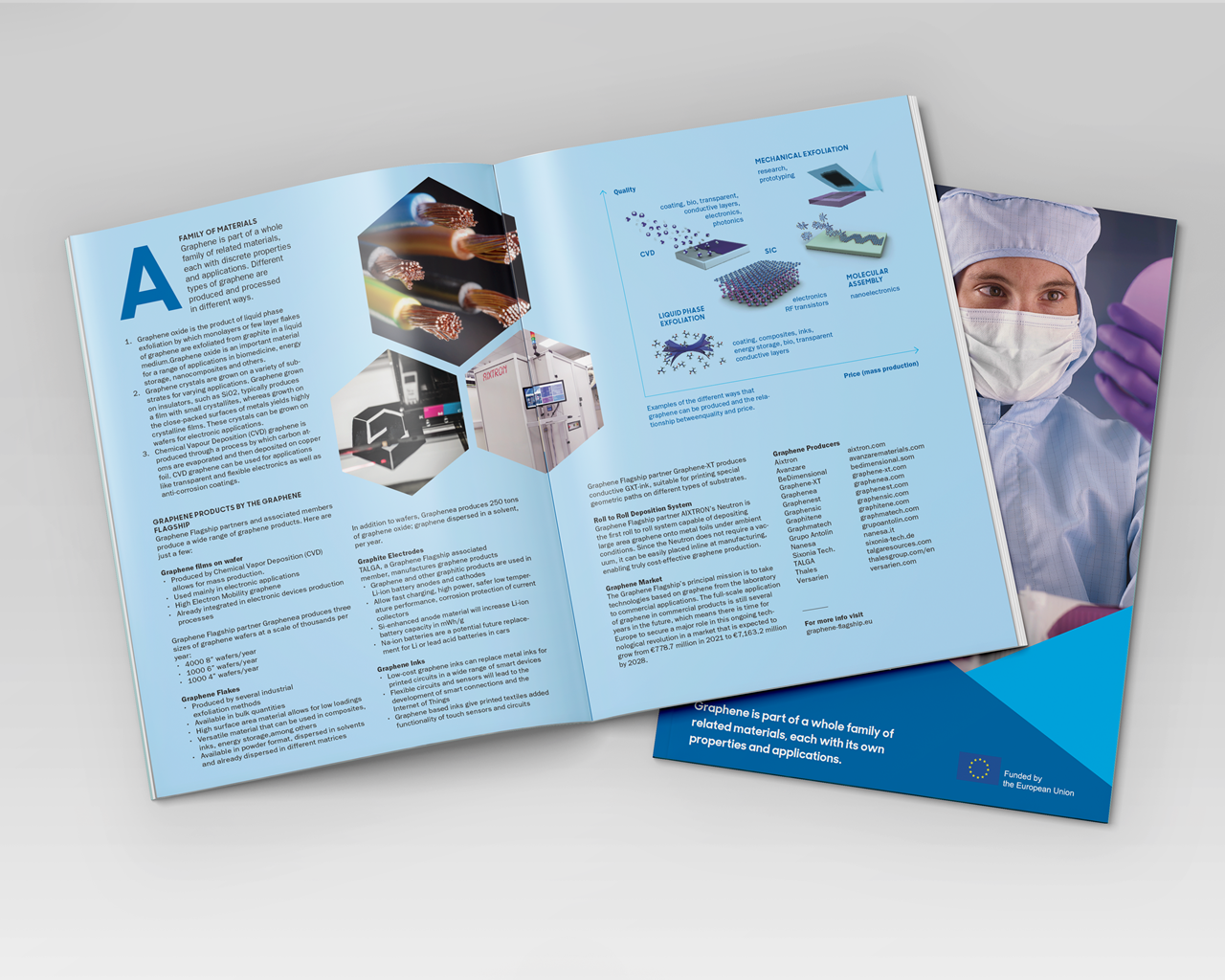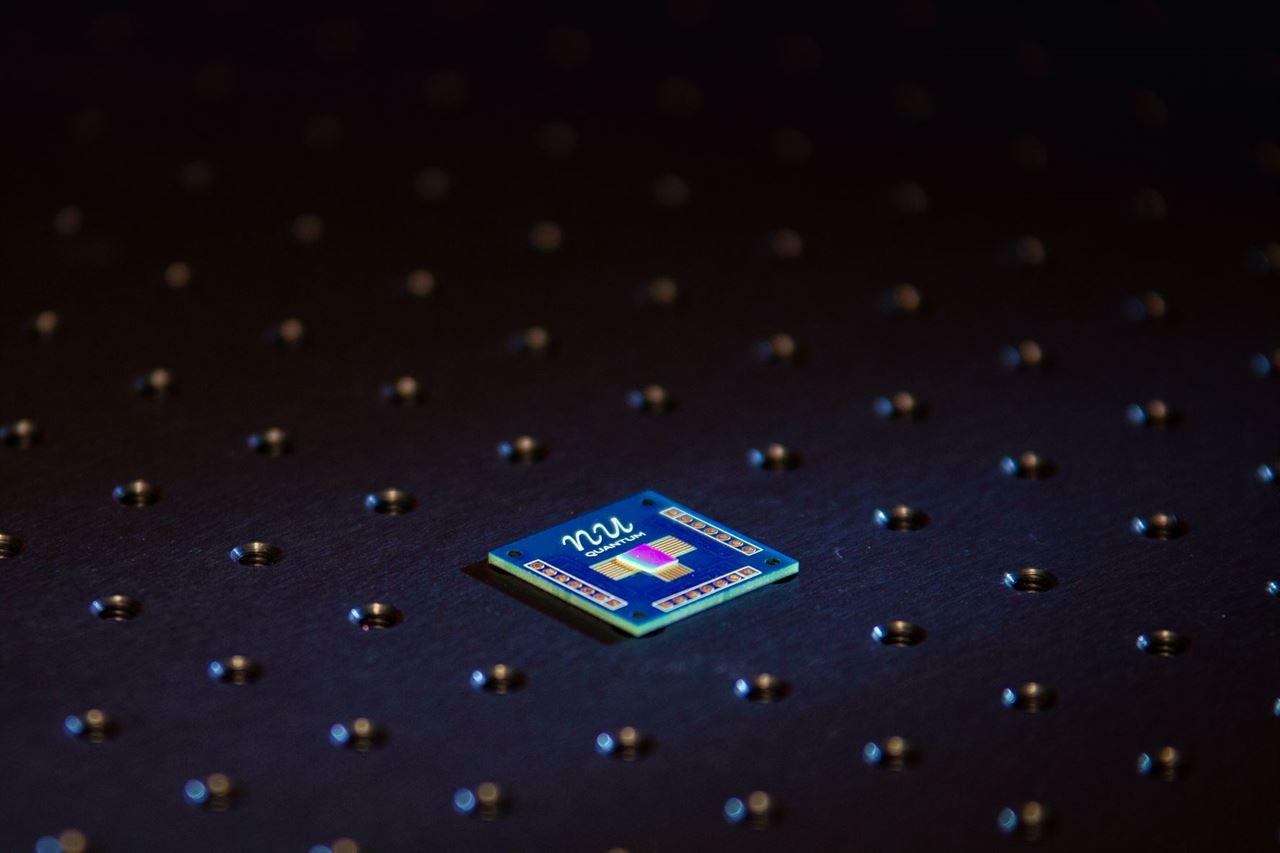A family of materials
Graphene is part of a whole family of related 2D materials, each with distinct properties and applications. The Graphene Flagship is focused on scaling-up production, whilst maintaining quality.



Graphene is part of a whole family of related 2D materials, each with distinct properties and applications. The Graphene Flagship is focused on scaling-up production, whilst maintaining quality.

The Graphene Flagship’s principal mission is to take technologies based on graphene and related 2D materials (2DM) from the laboratory to commercial applications. The full-scale application of 2DM in commercial products is still several years in the future, which means there is time for Europe to secure a major role in this ongoing technological revolution in a market that is expected to exceed €100M by 2020 and reach up to €550M by 2025.

It all began with a chunk of graphite and some sticky tape. Just over 15 years later, this simple – yet adventurous – experiment has led to a vast family of layered materials. Combining them together, like ingredients in a sandwich, opens the door to limitless possibilities.